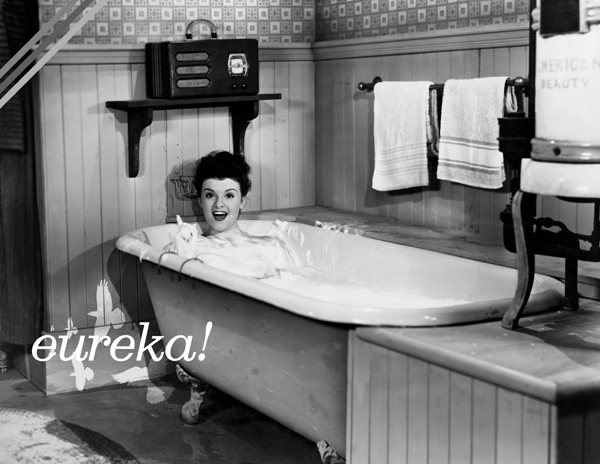 We've all been there. The awkward moment when you're in a room full of strangers trying to think of new names for a pen as an icebreaker. But it needn't be like this. In fact, call them what you like creative brainstorming sessions can spark brilliant ideas. Here's how...
We've all been there. The awkward moment when you're in a room full of strangers trying to think of new names for a pen as an icebreaker. But it needn't be like this. In fact, call them what you like creative brainstorming sessions can spark brilliant ideas. Here's how...
by GUEST EDITOR Alan Oram 
As a creative ideas agency, we’re on a mission to bust some creativity myths – we also happen to be big fans of the good old-fashioned brainstorming session, which remains a highly effective weapon in the internal communicator’s toolkit – approached in the right way, of course.
Part of the process of unlocking creative potential during brainstorming sessions it to encourage as much dialogue as possible, obtaining ideas from the sublime to the ridiculous (the sensible bit comes later).
Talking of the ridiculous, we accept that brainstorming has taken a bit of a battering due to common misconceptions, the tumbleweed moments and the odd cringe worthy experience. I’m sure we all remember the hilarious brainstorming moments in The Apprentice - with Tom Pellereau suggesting that the team name meat after poets and playwrights with a burger called Shakespeare. Or Kimberley Davis offering to sell breakfast cereal in a giant pair of Y-fronts after a long and furious session of bickering with her teammates - “Pants Man” turned out to be an epic fail due to the ‘idea bulldozers’ on team Ignite. In series 9, candidates take their eyes off the ball during a brainstorming session to come up with wild and wacky flavours for a new beer whilst things are left to fall apart at the factory…
In the spirit of entertainment, and always remembering the highly productive and effective side of brainstorming, we’d love to hear some of your experiences. Good or bad…!
Meanwhile, in order to make the most of your time, here are some thoughts on running a successful session to achieve genuinely great results:
Environment is essential. We’re not talking crazy swinging chairs and uber-funky mood lighting. Just comfortable surroundings with a bit of privacy will do.
Planning is key. Keep it brief. Being highly stimulating and responsive can be exhausting work so 30-45 minute sessions are ideal. Be clear from the outset with a couple of questions to prompt the appropriate response.
Find a fruity facilitator. Avoid demotivation and chaos by keeping things in order as well as having someone enthusiastic to tease out those ideas if things tail off. Keep it moving and make it fun!
Bring in some boundaries. To get the process moving it can be better to work within 'constraints'. Contrary to most people’s perceptions this is when it's easier to be more creative. Perhaps try removing the constraints as the ideas start to flow.
Promote peculiar perspectives. Encourage attendees to think about the opposites, consider a different point of view. Use props and visual stimulus to get the thinking juices flowing. Leave the left-brain at the door and collect it on the way out.
Record everything. Keep a note of all that is said. Consider recording the whole thing on video to review afterwards. What may sound unusual at the start could turn into the best idea ever after a little tweak – there are NO bad ideas, anything goes!
Introduce an interval. Take breaks and actively look for inspiration that isn't related to the challenge in any way, then try to make a connection back. This adds a fresh perspective that comes from an unrelated source.
Sum up your success. Highlight some of the great suggestions that have been made and thank everyone for participating. Explain what’s next on the plan.
So let’s hear those experiences, there’s always something to be learnt…!
*other terms are available
Alan Oram is Director at Alive With Ideas, an Ideas Agency focused on creative internal comms.
